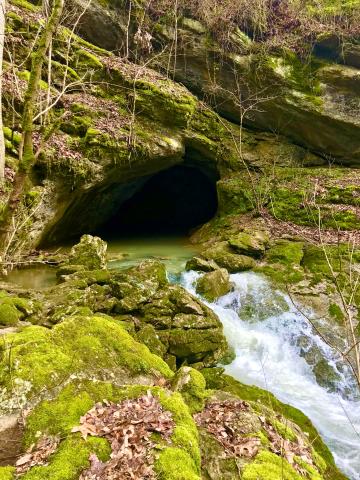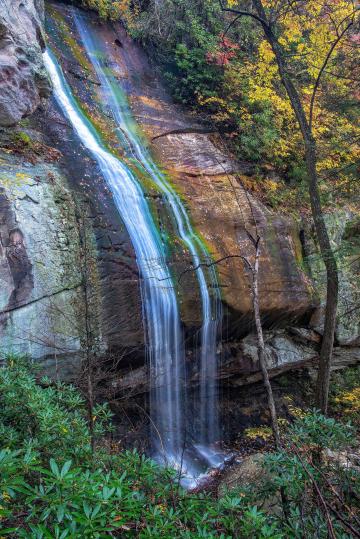Life Listing, a Natural Hobby
Life lists are written documentations of things seen and identified. If you’re a birder you keep a list of birds you’ve personally seen. If you’re a railroad enthusiast, you keep up with what trains companies you’ve seen going down the tracks. In England they even have clubs for airplane watchers. These folks gather up around airports and watch planes with binoculars, making security people very nervous.
- Read more about Life Listing, a Natural Hobby
- Log in to post comments









